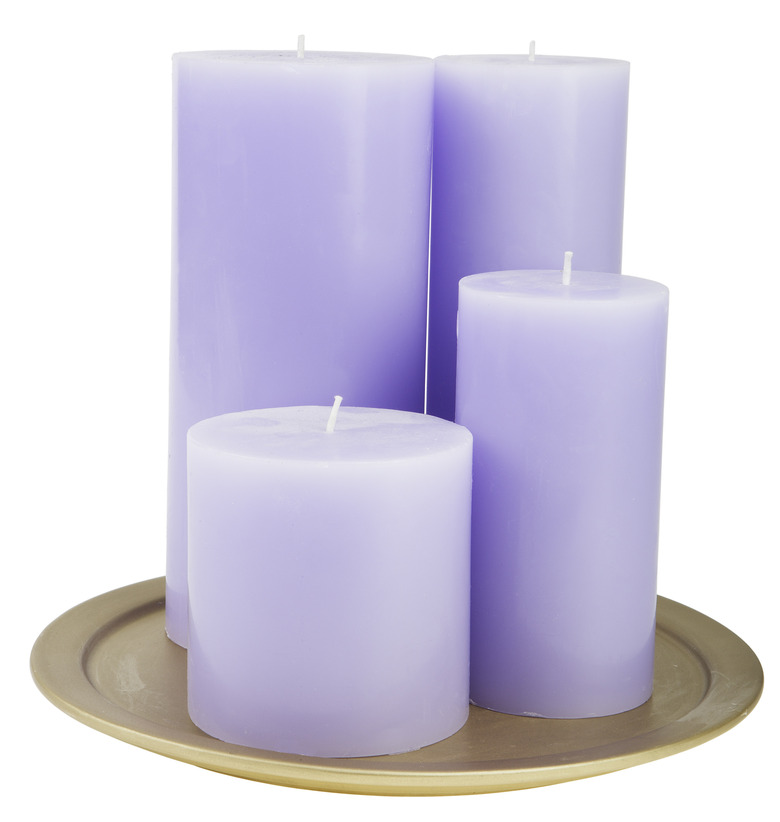How To Find The Total Surface Area Of A Closed Cylinder
Obtaining the area of a simple two-dimensional shape like a circle or rectangle requires following a simple formula, but determining the total surface area of a three-dimensional object like a cone or closed cylinder requires the use of multiple formulas. A cylinder's surface area is composed of two circular bases and a rectangle. The latter represents the cylinder's lateral surface. Calculating the total surface area requires calculating the sum of the base and lateral surface areas.
Step 1
Calculate the base areas by using the formula for a circle's area: A = pi * r^2. If the radius of the cylinder is 5, for instance, the area of one base is pi * 5^2 or 25pi, while the area of both of the bases combined is 2 * 25pi, or 50pi.
Step 2
Multiply the circumference of the base by the cylinder's height to determine the lateral area's surface area. If you were to tear the cylinder open and lay it flat on a table, you would discover the lateral area is simply a rectangle whose length is the base's circumference and whose width is the cylinder's height. Given a radius of 5, the circumference is 2 * pi * 5, or 10pi. Given a height of 10, multiply 10pi by 5 to obtain a lateral surface area of 50pi.
Step 3
Add the base areas to the lateral surface area to find the total surface area. Given the example, add 50pi to 50pi to obtain a total area of 100pi.
Cite This Article
MLA
Saxena, Vivek. "How To Find The Total Surface Area Of A Closed Cylinder" sciencing.com, https://www.sciencing.com/total-surface-area-closed-cylinder-12018531/. 24 April 2017.
APA
Saxena, Vivek. (2017, April 24). How To Find The Total Surface Area Of A Closed Cylinder. sciencing.com. Retrieved from https://www.sciencing.com/total-surface-area-closed-cylinder-12018531/
Chicago
Saxena, Vivek. How To Find The Total Surface Area Of A Closed Cylinder last modified March 24, 2022. https://www.sciencing.com/total-surface-area-closed-cylinder-12018531/
